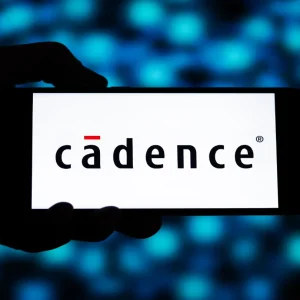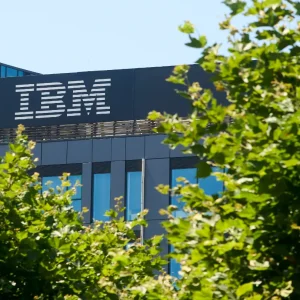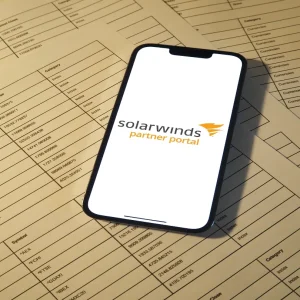Samsung used its press conference before Germany’s major consumer tech show International Funkausstellung Berlin (IFA) to announce the details behind its Ativ range of Windows 8 and Windows Phone 8 devices – spanning PCs, tablets and smartphones. What is unexpected was its unveiling of its Windows Phone 8 device – a platform Samsung has treated as a side project to its Android ambitions.
This makes the Ativ S the first confirmed Windows Phone 8 smartphone.

Samsung’s Ativ S – the world’s first Windows Phone 8 device
The Ativ S sports a 1.5GHz dual-core processor with 1GB of RAM, but is not a 4G device – supporting only the HSPA 42 standard (effectively 3.5G). The device sports Corning’s Gorillia Glass (now an industry defacto standard) and a large 4.8-inch HD Super AMOLED display (at an unconfirmed resolution; will be at least 720P). It will feature an 8MP rear facing camera, and a 1.9MP front facing camera. It also comes with NFC for mobile payments, and will feature Microsoft Office for WP8.
Microsoft unveiled Windows Phone 8 in June, and controversially announced that Nokia users on the older OS, Windows Phone 7, would not be able to upgrade – an unusual move in the smartphone industry, and one that effectively punishes Microsoft and Nokia’s early adopters in a mercenary fashion. These customers will get a 7.8 update instead, which has a reduced feature set.
Nokia in particular won’t be happy – it has been struggling for years now, and controversially threw all their eggs into the Windows Phone basket in 2010. They have yet to see any reward for doing so, as its Lumia range of devices failed to find a market since its November launch.
Samsung, now the world’s largest phone and smartphone maker, has been predominantly an Android OS developer and Nokia probably assumed they would have a near monopoly on Windows Phone 8 Products (expected to launch in October). Samsung and HTC had made minor commitments, but were not expected to make an announcement of this magnitude, especially ahead of Nokia’s announcement, expected to be on September 5. Nokia had planned to use its launch to jump ahead of the iPhone 5’s launch, also expected in mid-September.
Samsung itself has been the subject of legal troubles concerning patents in the US. Apple somewhat spuriously alleges that Samsung ripped off its iPhone hardware designs. Apple has also used it as a proxy battle to attack Google’s Android interface, and the legitimacy of the Android platform as a whole.
It makes sense for Samsung to diversify its smartphone portfolio away from the Android platform, and towards Windows – it has also been continuing work on its own proprietary OS’ Bada and Tizen.
Microsoft has been wary of the lack of hardware supplier support for its platform, which it wants to see compete with Apple and Android in marketshare. Its funding arrangement with Nokia means the two companies are tied tightly together – something rival companies see as favouritism. Microsoft giving Samsung some preferential treatment is an attempt to assuage those fears. Microsoft doesn’t want to be seen as the second choice provider for those hardware makers that can’t make any money on Android, such as HTC.
Nokia has no option but to make its Windows Phone 8 devices a success. Unfortunately, it doesn’t appear to have much to work with – its Pureview camera technology has been much hyped, but is mostly a gimmick. Nokia, having not produced a winning model of smartphone for several years, is in Samsung’s shadow now – it definitely carries a greater brand awareness and ‘halo’ through its incredibly successful Samsung Galaxy S3, which launched earlier this year.
Samsung’s first mover advantage may take much of the buzz out of its announcement next week.






